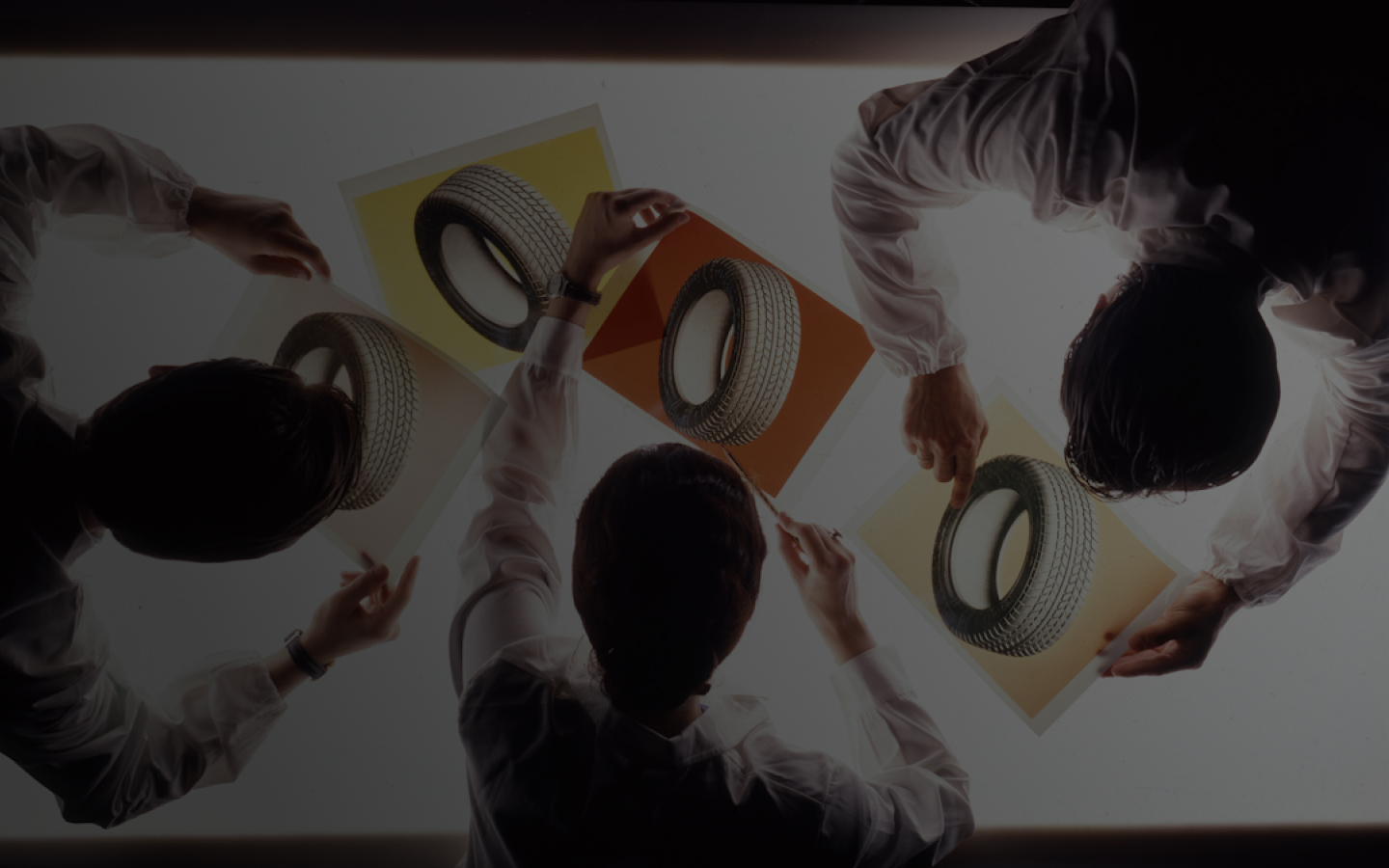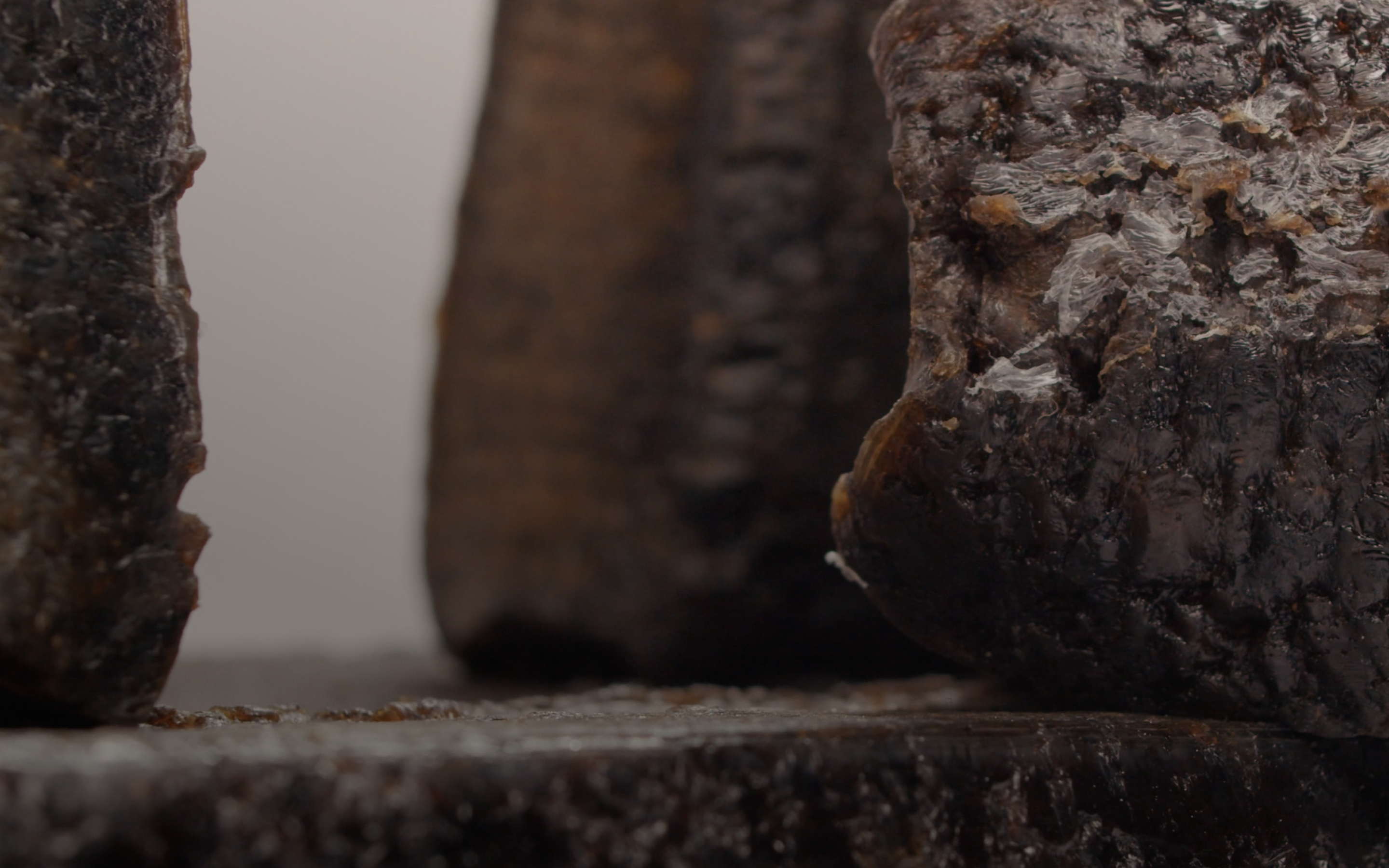Digital Nomads of New Works
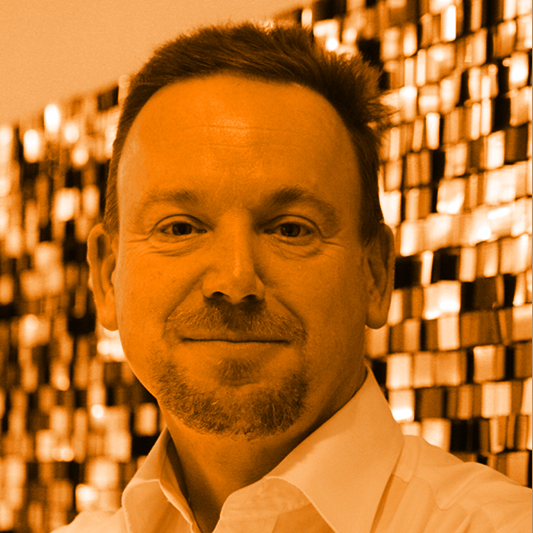
Sir Geoff Mulgan
Founder of Nesta and lecturer at University College London
Most of the work is done as a team. I am fascinated by the new field of collective intelligence, which is becoming much more scientific in its understanding of the mechanisms that mean that some teams work and others do not. One of its most important messages concerns the benefits offered by diversity: heterogeneous groups in which everyone has a voice are often much better at solving problems or producing valid ideas than homogeneous groups. I expect this knowledge to become more widespread and I believe it will lead to a better understanding of how to achieve harmony within teams (with people being able to align their ideas and actions) and synergy (where people play complementary roles).
Many analysts predict greater demand for professional problem-solving capabilities, creativity and communication, the very skills for which machines are not properly designed. To take an optimistic view, this will encourage elite professions, start-ups and parts of tomorrow’s digital economy to tend towards a greater emphasis on purpose, fulfilment and enjoyment in order to attract and motivate the most talented and brilliant people.
Many analysts predict greater demand for professional problem-solving capabilities, creativity and communication, the very skills for which machines are not properly designed. To take an optimistic view, this will encourage elite professions, start-ups and parts of tomorrow’s digital economy to tend towards a greater emphasis on purpose, fulfilment and enjoyment in order to attract and motivate the most talented and brilliant people.
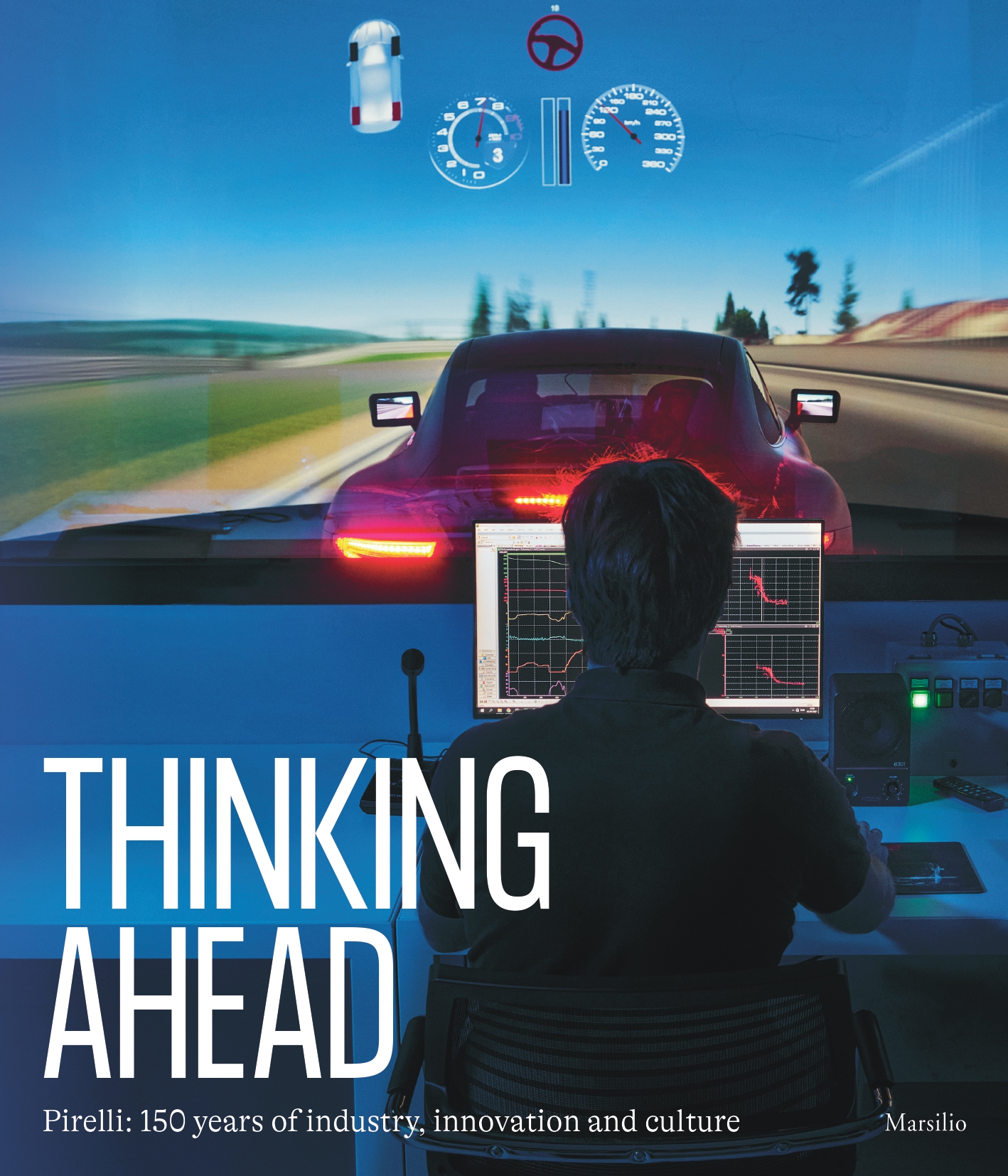
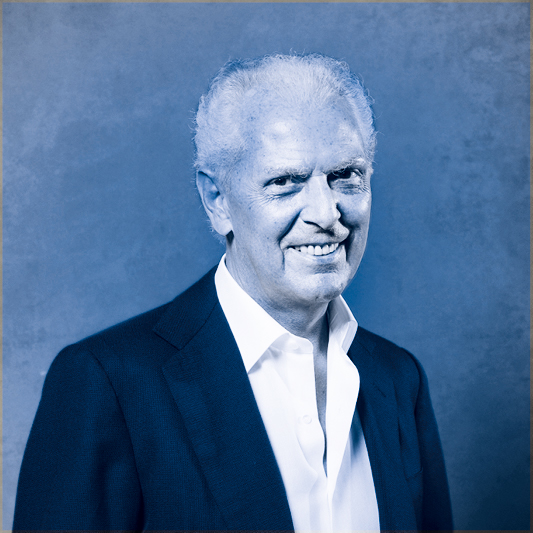

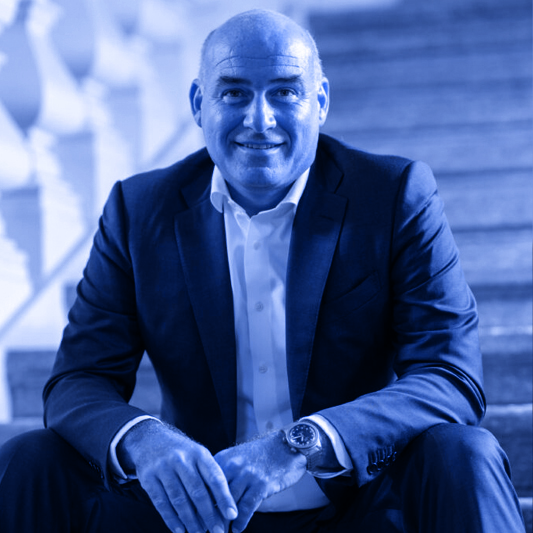
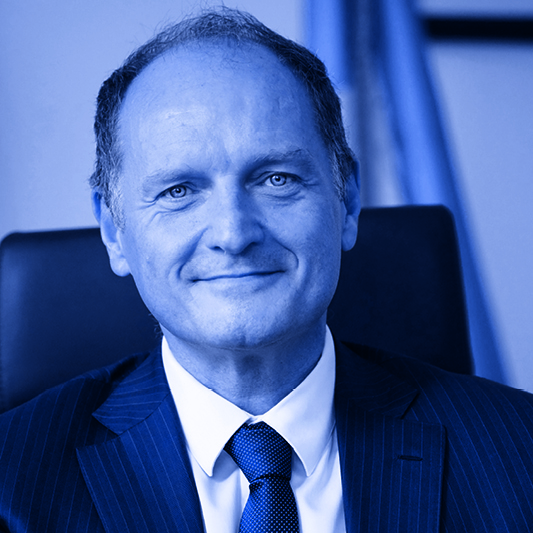
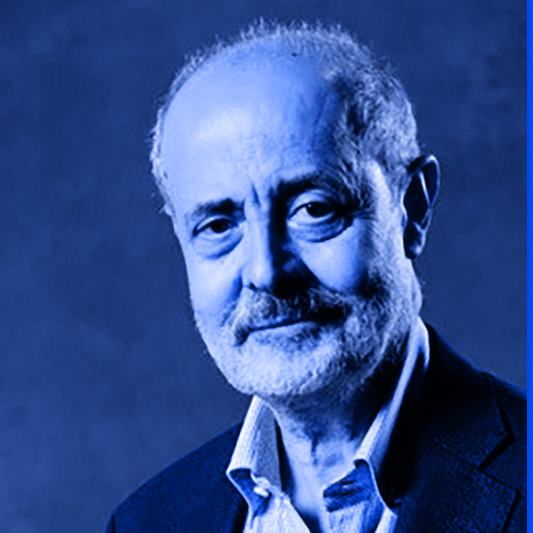
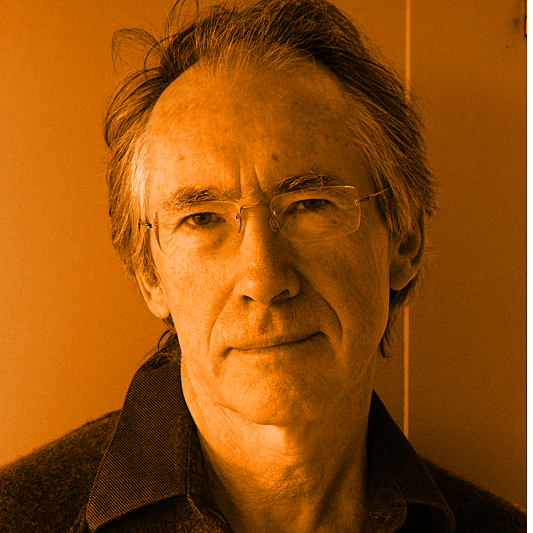

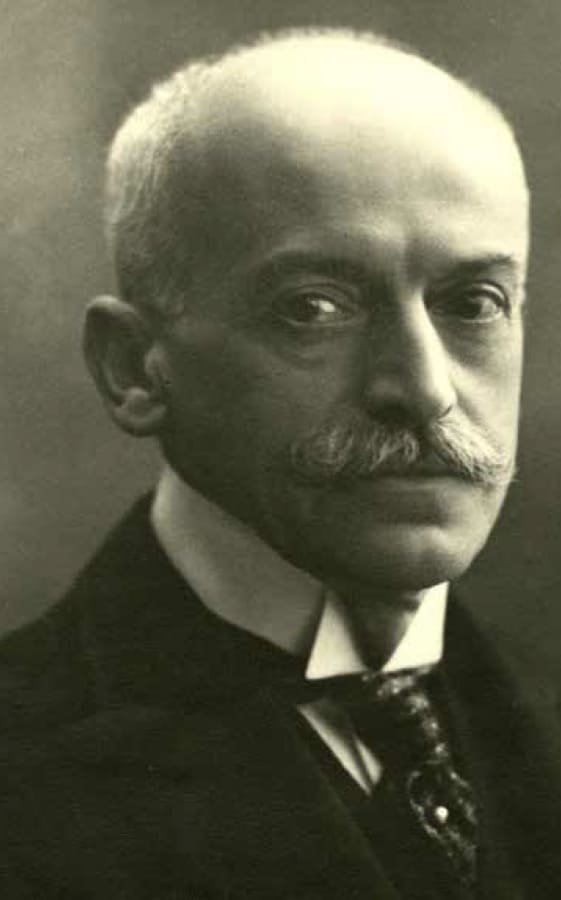
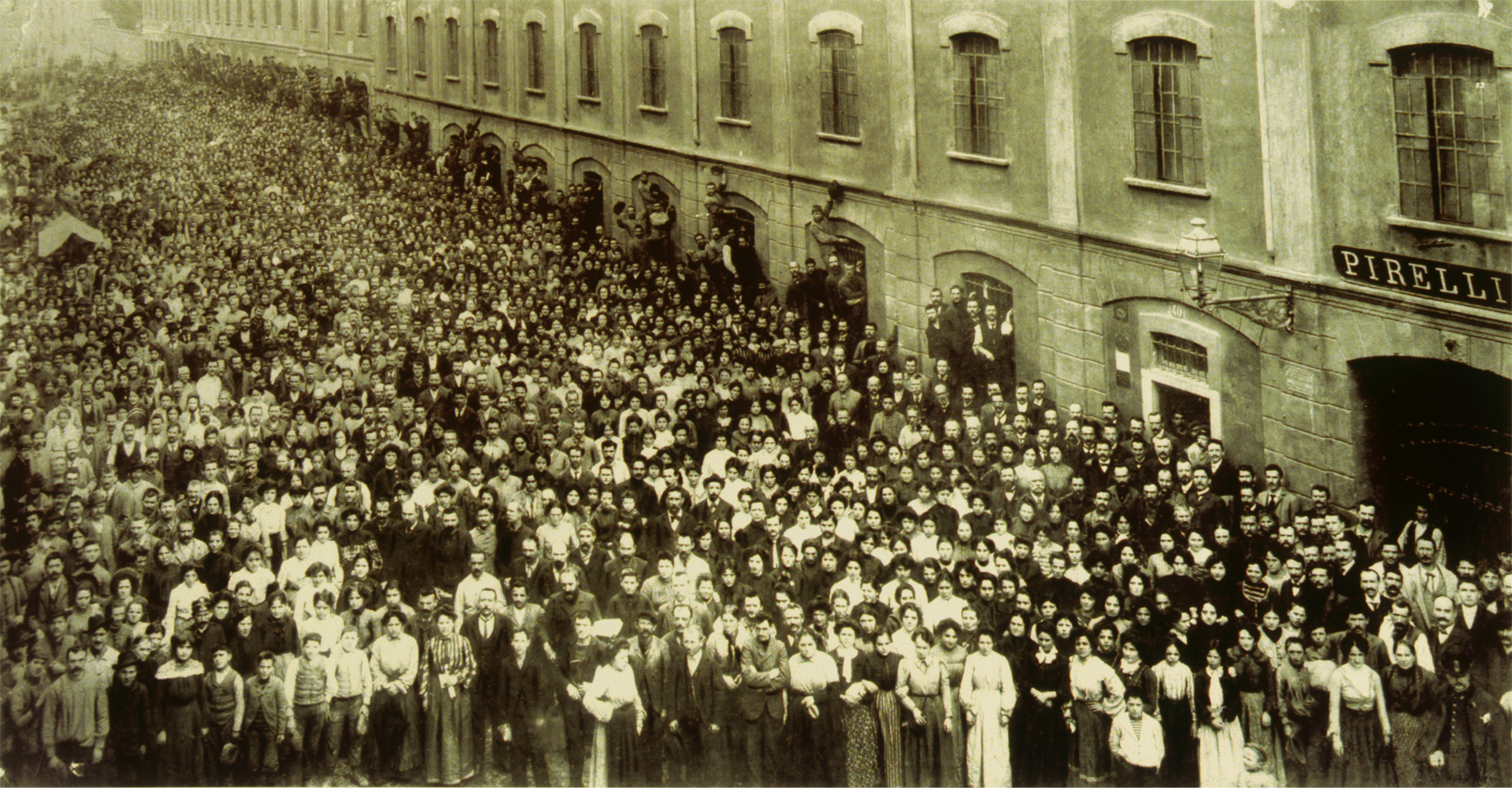
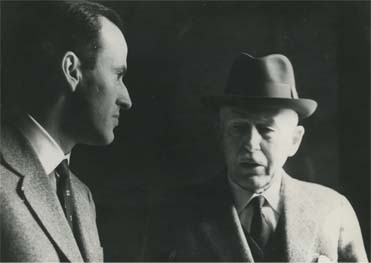
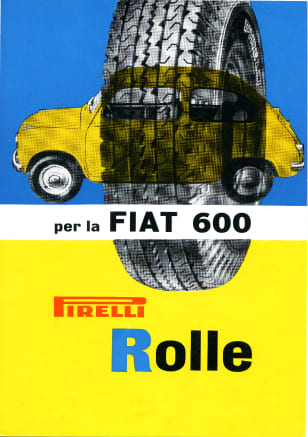
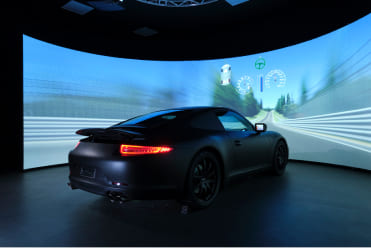
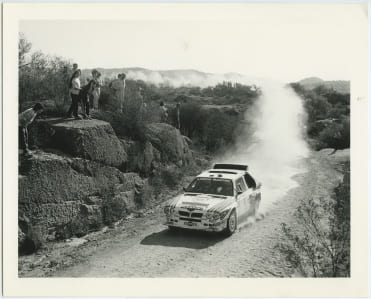
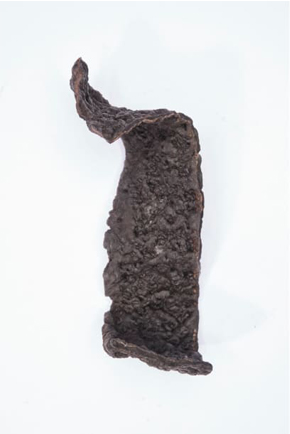
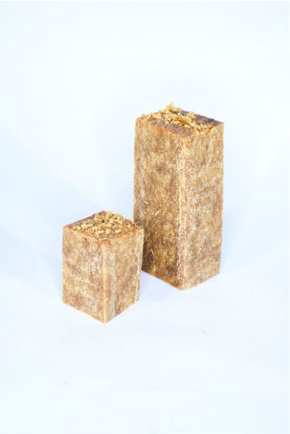

 home
home

